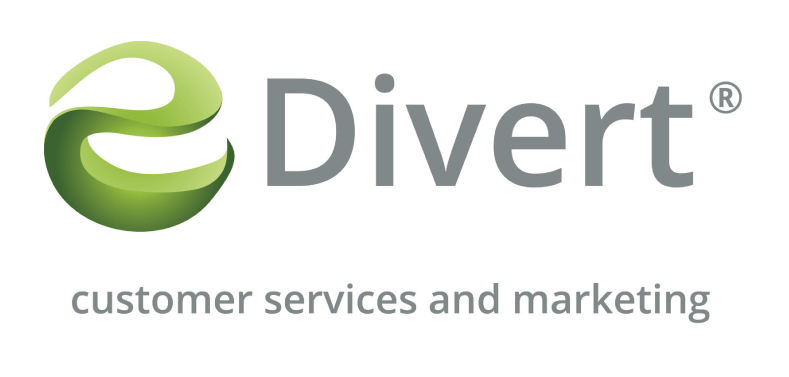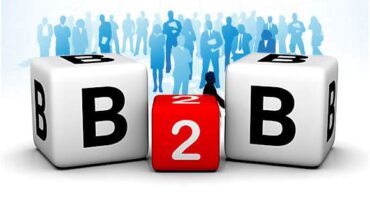
EFFECTIVE FREQUENCY – HOW MANY TIMES DOES YOUR POTENTIAL CUSTOMER NEED TO SEE YOU OR YOUR ADVERTS BEFORE THEY BUY?
Building visibility, familiarity and a positive reputation takes time and a series of memorable contacts. How many contacts (or “touches”) it takes depends on many factors, such as price, complexity of product, “need vs. want,” competition, etc. But the truth is, the sales process is exactly that – a process.
Effective frequency means an advertiser’s determination of the optimum number of exposure opportunities required to effectively convey the advertising message to the desired audience or target market. Effective frequency is the number of times a person must be exposed to an advertising message before a response is made.
There was a study from Microsoft investigating the optimal number of exposures required for audio messages. They concluded between 6 and 20 was best. In fact, a famous advertising frequency theory was written by Thomas Smith in 1885. Funnily enough, it looks like the terminology he used back in his day is still current today:
- The first time a man looks at an advertisement; he does not see it.
- The second time, he does not notice it.
- The third time, he is conscious of its existence.
- The fourth time, he faintly remembers having seen it before.
- The fifth time, he reads it.
- The sixth time, he turns up his nose at it.
- The seventh time, he reads it through and says, “Oh brother!”
- The eighth time, he says, “Here’s that confounded thing again!”
- The ninth time, he wonders if it amounts to anything.
- The tenth time, he asks his neighbour if he has tried it.
- The eleventh time, he wonders how the advertiser makes it pay.
- The twelfth time, he thinks it must be a good thing.
- The thirteenth time, he thinks perhaps it might be worth something.
- The fourteenth time, he remembers wanting such a thing a long time.
- The fifteenth time, he is tantalized because he cannot afford to buy it.
- The sixteenth time, he thinks he will buy it someday.
- The seventeenth time, he makes a memorandum to buy it.
- The eighteenth time, he swears at his poverty.
- The nineteenth time, he counts his money carefully.
- The twentieth time he sees the ad, he buys what it is offering.
Market research continuously proves the obvious: a person needs to know you, your reputation, and your product or service before he or she is willing to make a purchase. Interestingly, science has discovered that information transmission within our brains, such as what takes place during the processes of memory encoding and retrieval is achieved through a very complex process using a combination of chemicals and electricity. Importantly, three things can be done to increase the transfer of a single-minded message from electrical memory to chemical memory, which is when that message is stored in our brain.
- Increase the relevancy of the message
- Increase the frequency of its repetition
- Increase the relevancy of the message and the frequency of its repetition… see a pattern developing?
Some marketing experts say repeating a message three times will work, while many believe the “Rule of 7”applies which states that a prospect needs to hear the advertiser’s message at least 7 times before they’ll take action to buy that product or service.
Marketing experts like to debate the “right ways” to calculate effective frequency.
The rule of 7 is why “information marketing” is so effective. By providing free information to your prospects on a regular basis, you are building a solid relationship. Information offered in a newsletter or blog doesn’t set off alarms because it’s not a sales pitch; it’s a genuine attempt to educate and help.
Finally, simplify or automate the marketing process as best as you can. Too many entrepreneurs only market sporadically because they are “too busy” to market themselves. Then they wonder why they don’t have enough clients. Set aside regular times to engage in marketing activities, even when you’re busy. If you continue marketing even when you’re busy, you’ll have fewer slow times.
So you still want to know how many times you need to run your next advertisement?
The truth is: there is no single “right” answer. ’Effective frequency’ might mean that a single advertising exposure is able to influence the purchase of a brand,” says John Philip Jones, a noted author on advertising and marketing. “But the phrase was really coined to communicate the idea that there must be enough concentration of media weight to cross a certain threshold — that there has to be enough of it before the consumer buy a product to influence their choice.”
There is one thing everyone in marketing and business generally agrees on though: messages are more effective when repeated and sends the subliminal message to our customer’s brain which means eventually they will make that purchase.
At eDivert, we offer E-mail Marketing, Telemarketing and Social Media Management. Our services help businesses to automate their marketing process and have a regular influx of leads. If you have any questions or are thinking about starting a new marketing campaign, feel free to contact us on info@eDivert.co.uk or check out our website www.eDivert.co.uk for more information.


